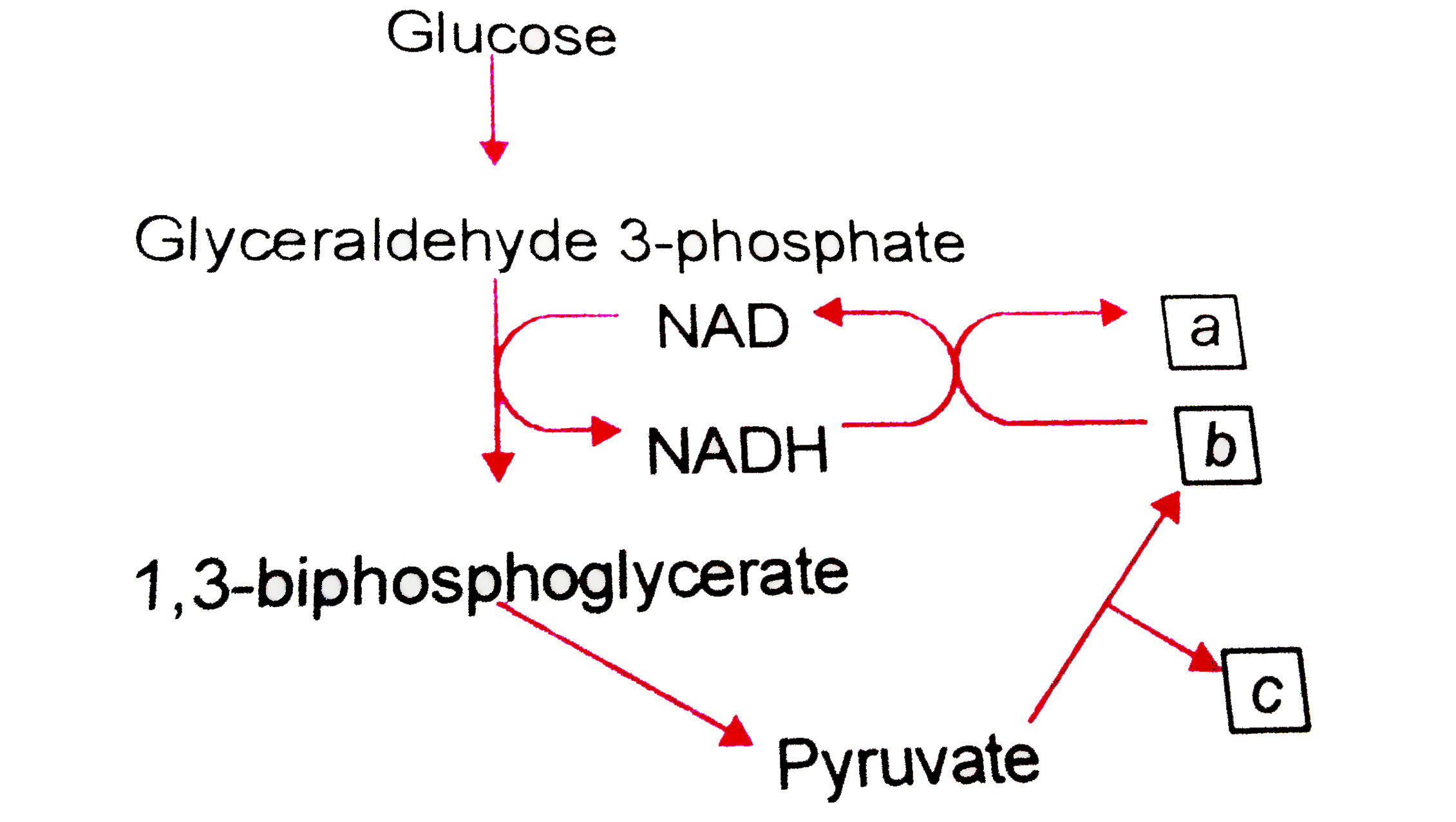How the Kerbs cycle acts as central pathway of respiration ?
Step-by-Step Solution:
1. Definition of the Krebs Cycle: The Krebs cycle, also known as the citric acid cycle or TCA cycle, is a series of chemical reactions used by all aerobic organisms to generate energy through the oxidation of acetyl-CoA derived from carbohydrates, fats, and proteins.
2. Location of the Krebs Cycle: The Krebs cycle occurs in the mitochondria of eukaryotic cells. It acts as a central hub in cellular respiration, positioned between glycolysis and the electron transport chain (ETC).
3. Connection to Glycolysis: Glycolysis is the first step of cellular respiration, occurring in the cytoplasm, where glucose is broken down into pyruvate. The pyruvate then enters the Krebs cycle if oxygen is present, linking the two processes.
4. Energy Production: The Krebs cycle is crucial for energy production. It generates high-energy electron carriers (NADH and FADH2) that are essential for the electron transport chain, where ATP is produced. This makes the Krebs cycle a key player in the overall production of ATP during respiration.
5. Role in Metabolism: The Krebs cycle serves as a central metabolic pathway that not only produces energy but also provides intermediates for various biosynthetic pathways. It connects catabolic and anabolic processes, allowing the cell to utilize energy efficiently.
6. Anaerobic Conditions: In the absence of oxygen (anaerobic conditions), cells divert from the Krebs cycle to anaerobic pathways (like fermentation) for energy production. This divergence highlights the Krebs cycle's role as a central pathway in aerobic respiration.
7. Conclusion: The Krebs cycle is considered the central pathway of respiration because it integrates various metabolic pathways, facilitates ATP production, and connects glycolysis with the electron transport chain, while also distinguishing between aerobic and anaerobic respiration.
---
Topper's Solved these Questions
- BOOK - MODERN PUBLICATIONCHAPTER - RESPIRATION IN PLANTS EXERCISE - NCERT FILE (Exercise Questions)12videos
RESPIRATION IN PLANTS
- BOOK - MODERN PUBLICATIONCHAPTER - RESPIRATION IN PLANTS EXERCISE - NCERT FILE (Exemplar Problems) A. MULTIPLE CHOICE QUESTIONS9videos
RESPIRATION IN PLANTS
- BOOK - MODERN PUBLICATIONCHAPTER - PLANT KINGDOM EXERCISE - Chapter Practice Test16videos
PLANT KINGDOM
- BOOK - MODERN PUBLICATIONCHAPTER - STRUCTURAL ORGANISATION IN ANIMALSEXERCISE - CHAPTER PRACTICE TEST (Section -E)2videos
STRUCTURAL ORGANISATION IN ANIMALS
Similar Questions
Knowledge Check
- Question 1 - Select One
Pentose phosphate pathway, an alternative pathway of respiration was elucidated by
AHoreckerBWarburg and DickensCBlackmanDKelvin - Question 2 - Select One
Fat has two components, glycerol and fatty acids. They enter common pathway of respiration as
ADiHAP and α-ketoglutrateBDiHAP and acetyl CoACGlyeric acid and acetyl CoADGlyceric acid and α-ketoglutarate. - Question 3 - Select One
What is common in common pathway of aerobic respiration
AGlycolysis in both aerobic and anaerobic respirationBKerbs cycle common with HMPCTerminal oxidation in both aerobic and anaerobic respirationDKerbs cycle in both aerobic and anaerobic respiration
Give a schematic pathway of TCA cycle as common pathway for oxidation of carbohydrates, fats and proteins.
View SolutionPhotosynthesis in Higher Plants || CAM Pathway Photorespiration (C2 Cycle ) || Chemiosmotic Hypothesis and Bacterial Photosynthesis
View SolutionAssertion. Krebs cycle is regarded the amphibolic (central) pathway of the cell.
Reason. Catabolic pathways converge on it and anabolic pathways diverge from it.View SolutionChoose the correct combination of labelling the molecules involved in the pathway of anaerobic respiration in Yeast
 View Solution
View SolutionChoose the correct combination of labelling the molecules involved in the pathway of anaerobic respiration in Yeast
 View Solution
View Solution

